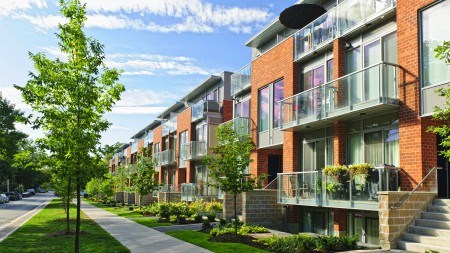While homeowners may be annoyed by not having freedom of choice regarding their estate home’s appearance, uniformity does protect property values.
Homes in community housing schemes such as estates and cluster home complexes are generally sold at a premium, so buyers in these schemes are often confused and annoyed to find that they don’t have much “freedom of choice” when it comes to the exterior appearance of their properties.
However, says Gerhard Kotzé, MD of the RealNet estate agency group, one of the main duties of the home owners’ association (HOA) in an estate or cluster development is to maintain the value of all the homes in that development – “and one of the ways to do that is to strictly apply a set of ‘appearance rules’ in order to maintain a homogenous appearance throughout.
“A haphazard mixture of garden walls and fences, trellises, carports, sheds, external light fittings, security gates, plant pots and paint colours in a single development can easily deter potential buyers and play havoc with property values. On the other hand, values are protected by the initial architectural guidelines and – under the guidance of the HOA – continued exterior conformity and well-maintained, harmonious common areas.”
Consequently, he says, one of the first actions of a new HOA should be to set down clear appearance rules, especially with regards to what is acceptable on the common property. These rules should include:
Guidelines for residents that explain clearly the need to protect all owners' interests and the value of properties within the development;
A prohibition against individual plantings in common areas, and against “add-ons” such as carports, toolsheds, lapas and gazebos where these can be seen from the street;
Uniform standards for such items as exterior light fittings, security gates and bars; house numbers and letter boxes; and
A pre-established fine/ penalty which will be invoked if offending fixtures and fittings are not removed within a given period. Kotzé says the existence of such clear guidelines will make life easier for every resident – and help HOA directors avoid personal disputes with other owners when trying to get them to follow the rules.
“However, the rules do need to be enforced to be effective, and the directors should be prepared to take firm action against any owner who refuses to comply and not to let small infractions slide. The value of all the other homes in the development – including their own – may well depend on it.”





